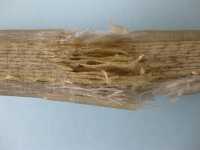 |
INVESTMENT EXTENDS CAPABILITY
We undertake a wide range of tensile testing at a range of temperatures from -196 Deg C to 1200 Deg C .Testing can be conducted to a range of standards such as BS,EN,ISO,ASTM,DIN and BSS. Materials from composites. polymers, Films and fabrics
Including
ASTM D638 Plastic,BS EN2597 UD Composite,BS EN ISO527 Various,BS EN2597 Composite, BS ISO37 Rubber to UKAS or ISO9001 accreditation/ certification.
|